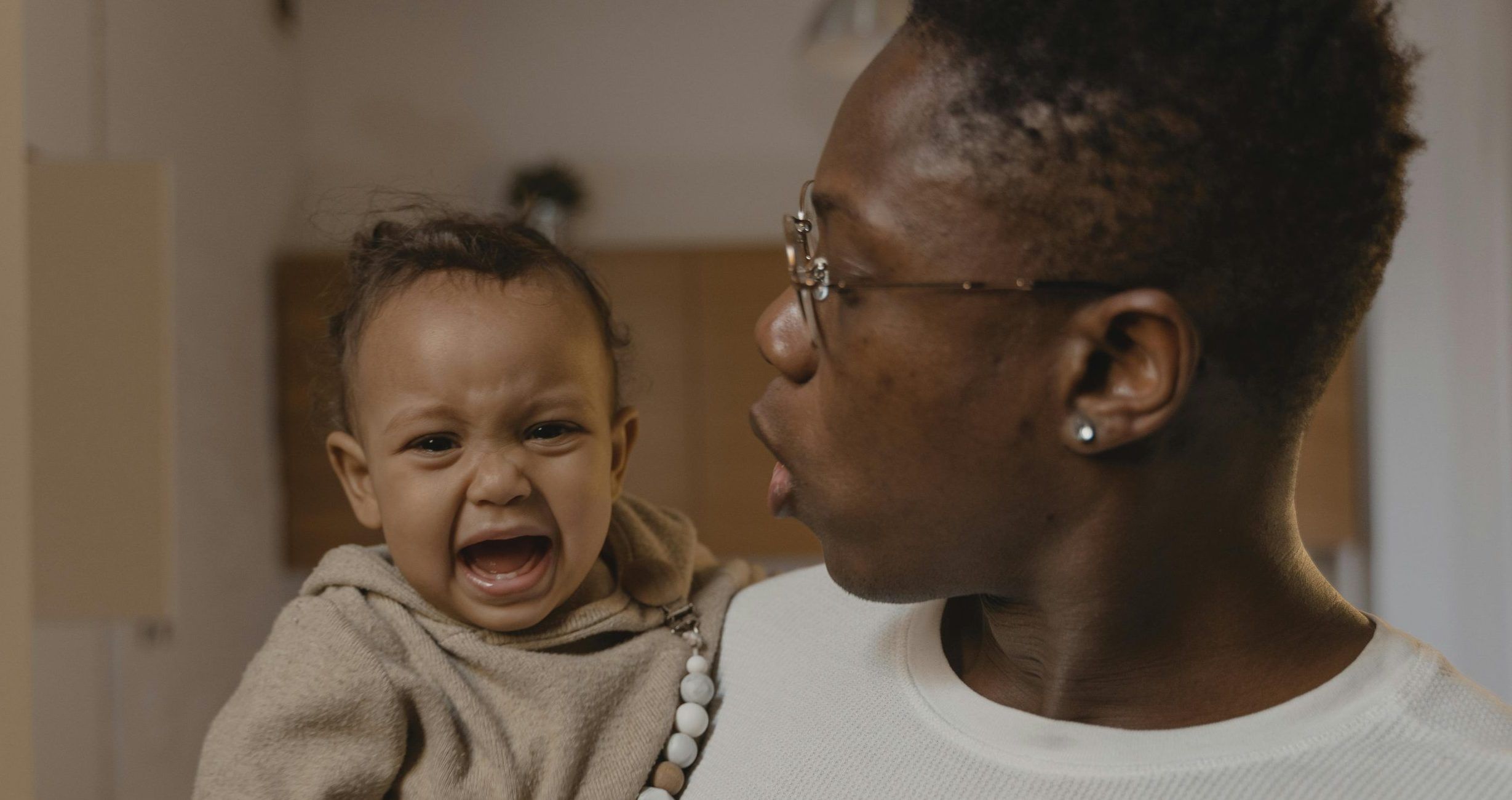Self Regulation: The Most Important Skill We can Teach Children
Teaching children how to regulate their emotions and control impulses is a key part of development. For parents and caregivers, however, it’s not always an easy task. Understanding what’s happening in a child’s brain can make all the difference.
Have you ever felt like talking to a frustrated child is like talking to a brick wall? That’s because, in those heightened moments, a specific part of their brain takes over. They may not be able to process explanations or act on your guidance.

The Battle Between the Brain’s Two Systems
The brain’s self-regulation centre is the prefrontal cortex—commonly known as the “learning brain.” This is where logical reasoning happens, enabling us to make plans, solve problems, and make informed decisions.
However, the prefrontal cortex often competes with the limbic system, an older part of the brain responsible for emotions and impulses. In young children, the limbic system is often in control, making it difficult for them to manage emotional outbursts.
To engage a child’s learning brain, it’s crucial to first calm the limbic system. Only then can the prefrontal cortex step in, allowing the child to process emotions, listen, and respond thoughtfully.
What Is Self-Regulation?
Self-regulation is the ability to manage emotions, control impulses, and focus thoughts. As a child’s brain rapidly develops, so does their capacity for self-regulation—but this doesn’t happen in isolation.
It begins with co-regulation, where an adult helps guide the child’s emotions and behaviours. This might involve soothing a baby’s cries, helping a toddler navigate frustration, or teaching a preschooler how to share.
Over time, co-regulation evolves. As children grow into teenagers and eventually adults, they take on more responsibility for managing their own emotions and actions.
The Early Stages of Self-Regulation
From birth, parents play an intuitive role in helping infants regulate their emotions. For example, a baby might cry when hungry or overtired, and a soothing voice or gentle touch helps them return to a state of calm.
As children grow, emotional and cognitive self-regulation becomes increasingly important. Without guidance, they may struggle to resist impulses, leaving the limbic system in control. But in a supportive environment, children can learn to balance their emotions, paving the way for their “learning brain” to take charge.
When children feel calm, safe, and supported, they are better able to focus, make thoughtful decisions, and enjoy a greater sense of happiness and well-being.
How to Foster Self-Regulation
A loving, nurturing environment is essential for developing self-regulation skills. Positive relationships with parents, teachers, and caregivers lay the foundation for growth.
Strategies to encourage self-regulation include:
- Modelling and mirroring: Demonstrate calm responses to stressful situations.
- Teaching techniques: Offer strategies for managing emotions, such as deep breathing or counting to ten.
- Providing practice opportunities: Let children apply what they’ve learned in everyday scenarios.
By creating a safe and encouraging environment, adults help children develop the tools they need to regulate emotions and behaviours over time.
Explore Neuroscience in Early Years with Us
The early years are a critical period for developing self-regulation skills. From birth to preschool, children begin learning rules, expectations, and how to adapt to the world around them. While tantrums may still be common, this stage lays the groundwork for long-term growth.
At the London School of Childcare Studies, our CACHE Level 2 Neuroscience in Early Years course introduces childcare professionals to the fascinating world of brain development. You’ll explore topics such as neural physiology, child behaviour, and regulation strategies.
Ready to learn more? Request a prospectus on our website today!



